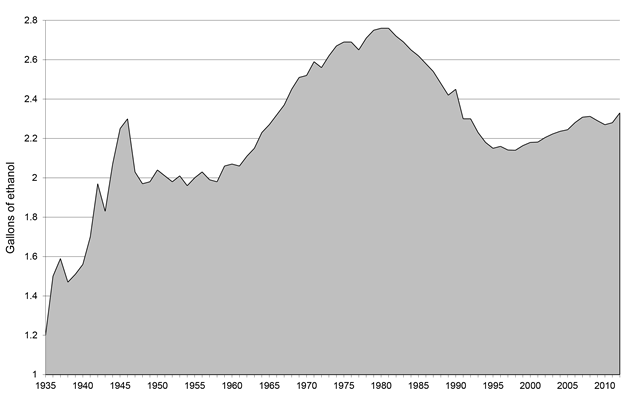
WASHINGTON POST
Premeditated mass shootings in public places are happening more often, some researchers say, plunging towns and cities into grief and riveting the attention of a horrified nation. In general, though, fewer Americans are dying as a result of gun violence — a shift that began about two decades ago.
In 1993, there were seven homicides by firearm for every 100,000 Americans, according to a Pew Research Center analysis of data from the Centers for Disease Control and Prevention. By 2013, that figure had fallen by nearly half, to 3.6 — a total of 11,208 firearm homicides. The number of victims of crimes involving guns that did not result in death (such as robberies) declined even more precipitously, from 725 per 100,000 people in 1993 to 175 in 2013.
Older data suggests that gun violence might have been even more widespread previously. The rate of murder and manslaughter excluding negligence reached an apex in 1980, according to the FBI. That year, there were 10.8 willful killings per 100,000 people. Although not a perfect measure of the overall rate of gun violence, the decline in the rate of murder and manslaughter is suggestive: Two in three homicides these days are committed with guns.
This decline in gun violence is part of an overall decline in violent crime. According to the FBI's data, the national rate of violent crime has decreased 49 percent since its apex in 1991. Even as a certain type of mass shooting is apparently becoming more frequent, America has become a much less violent place.
Much of the decline in violence is still unexplained, but researchers have identified several reasons for the shift. Here are three.
1. More police officers on the beat
Additional manpower helps police departments respond to and prevent violence. In 1994, President Bill Clinton signed a major crime bill that set aside enough federal funding for law enforcement agencies nationally to add 100,000 officers, though the ranks of the country's police forces had already been expanding as local governments dedicated more resources to their departments to control increasing rates of crime.
In New York City, the recruitment of more officers was a crucial reason that the decline in crime was larger and more sustained than in other cities, according to Franklin Zimring, a criminologist at the University of California at Berkeley. The economist Steven Levitt estimates that larger police forces reduced crime by 5 percent to 6 percent. Gun violence, presumably, declined along with crime in general.
2. Police using computers
It wasn't just that police departments hired more people. They also started using computers to collect data on crime and to direct their officers' efforts more efficiently. When they have accurate, current information on where crime is happening, they can identify the neighborhoods where they are needed most.
 |
| Total U.S. alcohol consumption per person declined sharply beginning three decades ago, but has recently increased. (National Institutes of Health) |
3. Less booze
A gradual decline in the amount of alcohol that Americans drink is another explanation for the decline in violence. About four in 10 prisoners convicted of murder were using alcohol at the time of the offense, according to a federal report. Americans drank 21 percent less alcohol in 2000 than in 1980, though consumption has increased since then, data from the National Institutes of Health shows. The authors of the report from the Brennan Center believe that this decline can account for 5 percent to 10 percent of the overall decline in crime.